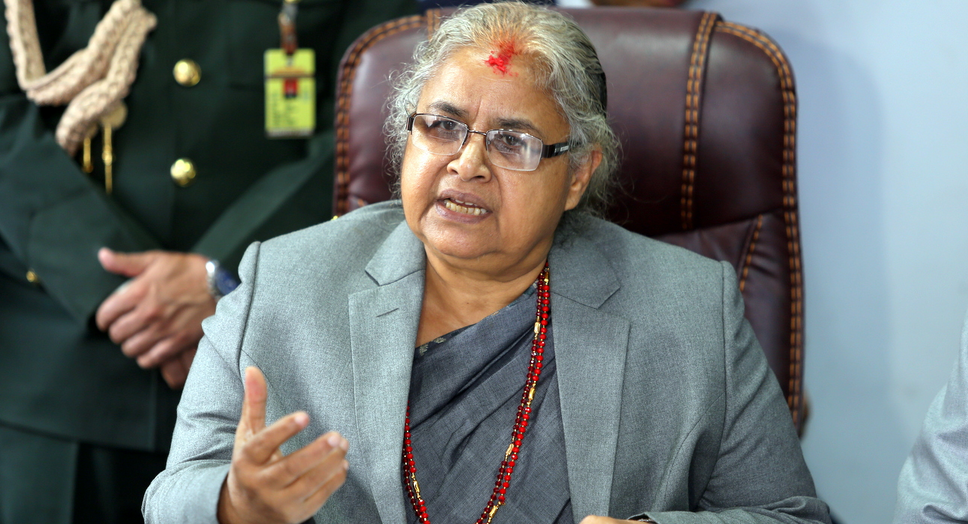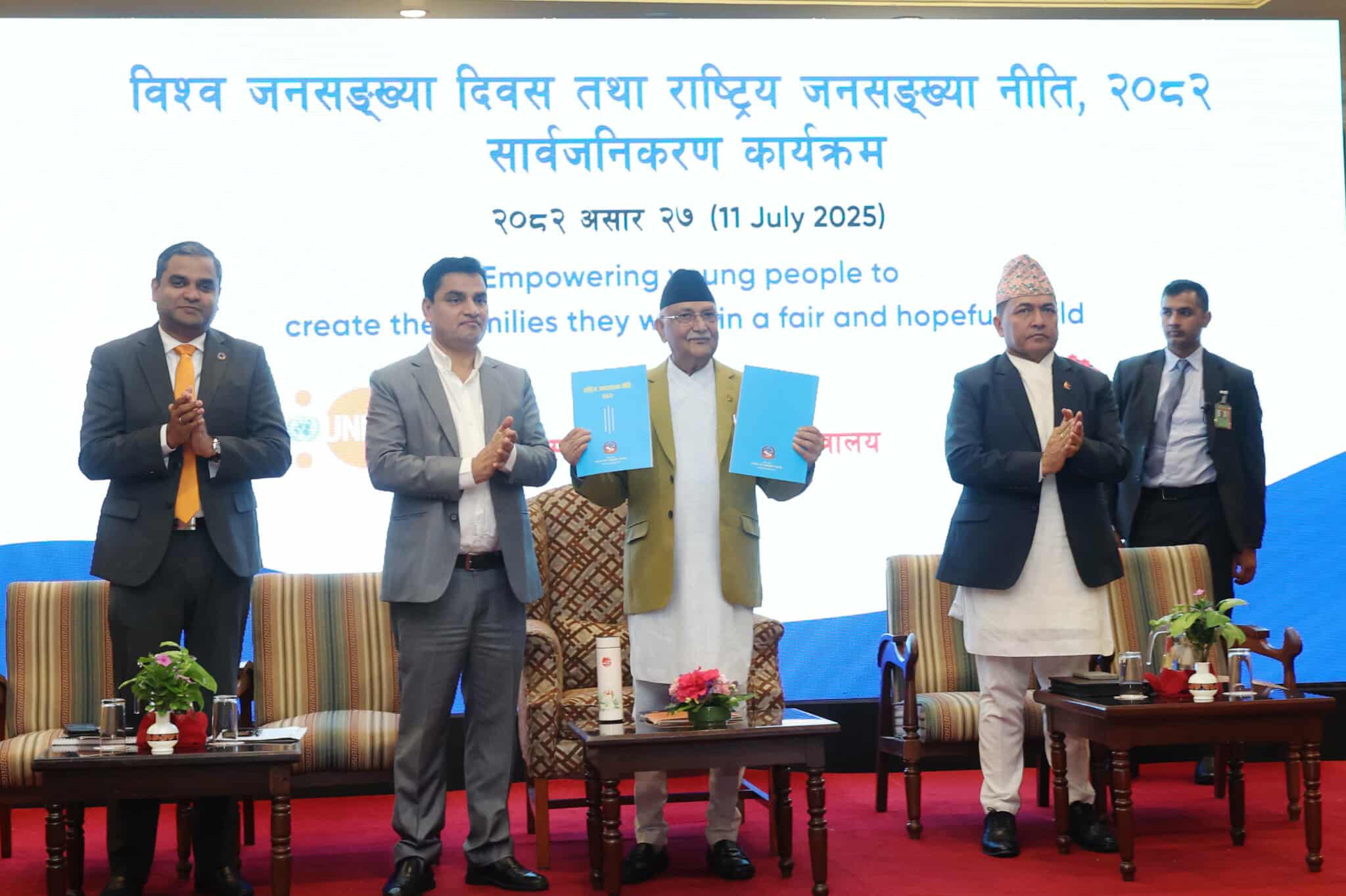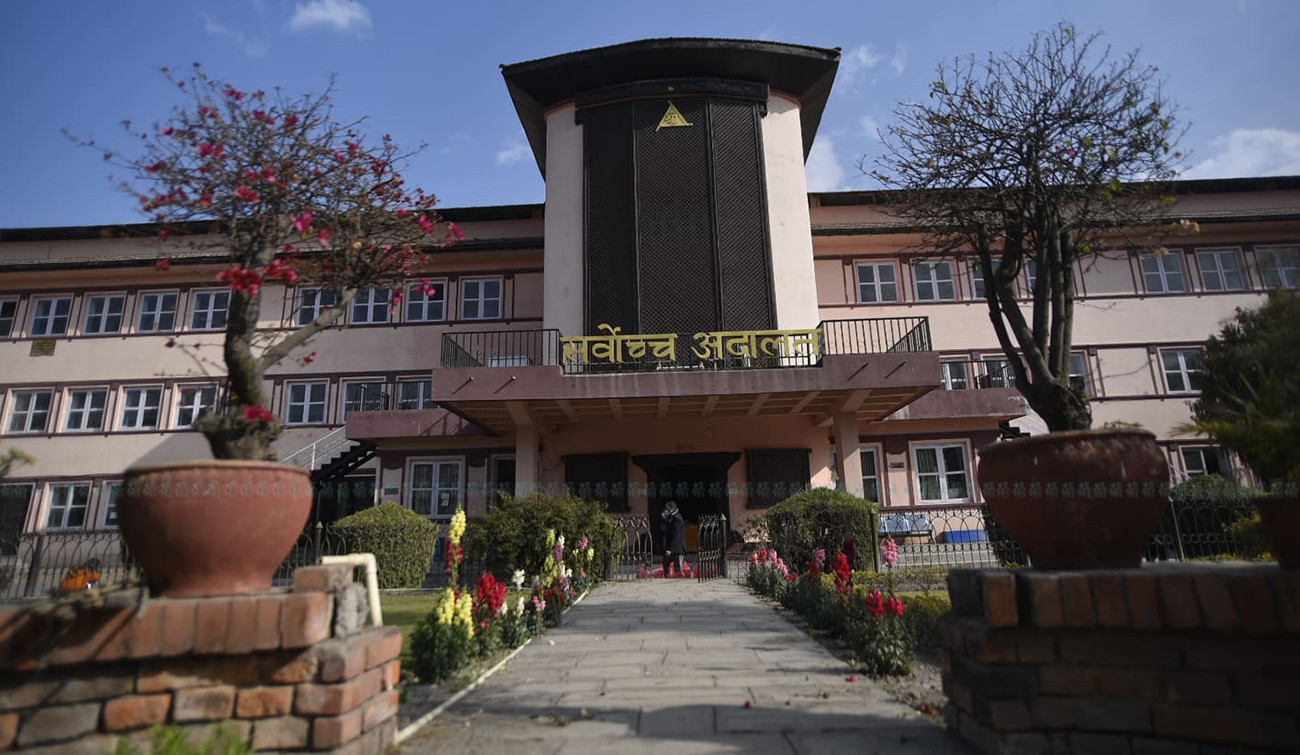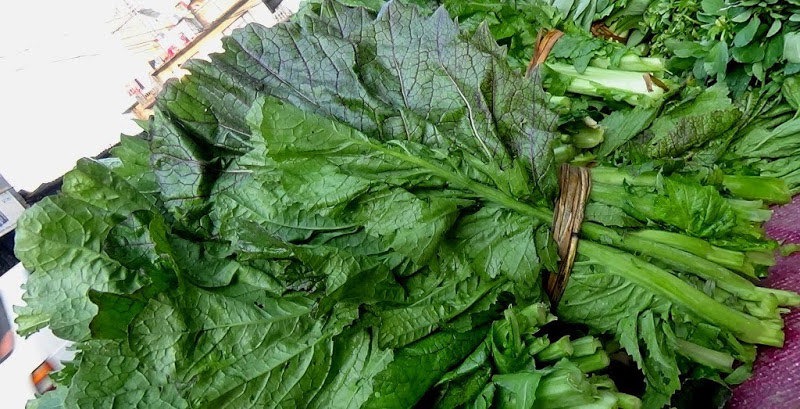KATHMANDU: Nepal received Rs 763.08 billion in remittances during the first six months of the current fiscal year, according to the Ministry of Finance. The ministry’s mid-term budget review report stated that remittance inflows increased by 4.1 percent compared to the same period last year. Nonetheless, compared to the 22.2 percent increase observed during the same period of the previous fiscal year, this growth rate is far lower.
At Rs 832.76 billion, net secondary income—also known as net transfers—increased by 4.2 percent. Compared to the 21.1 percent rise observed during the same period last year, this represents a significant decrease. Despite the slower growth rate, remittances continue to play a crucial role in Nepal’s economy, supporting household incomes and foreign exchange reserves.
The number of Nepalis obtaining first-time labor permits for foreign employment increased by 11.7 percent to 230,439. Similarly, the number of Nepalis renewing their labor permits grew by 21.4 percent to 162,628, contrasting with a 6 percent decline in the same period last year. In comparison to the previous year, the overall number of Nepalis departing for foreign employment increased by 15.5%.
During the review period, the balance of payments (BoP) reached Rs 249.26 billion, maintaining its surplus. This amount is less than the Rs 273.52 billion surplus from the previous year, though. The surplus in the BoP indicates that Nepal continues to accumulate more foreign exchange than it spends on imports and other international transactions.
As of mid-January, Nepal’s total foreign exchange reserves increased by 13.5 percent to Rs 2.316 trillion, up from Rs 2.041 trillion in mid-July 2024. Foreign exchange reserves in US dollars rose by 10.3 percent, reaching $16.84 billion from $15.27 billion in mid-July. These reserves are sufficient to cover 17.3 months of merchandise imports and 14.4 months of goods and services imports. The Indian currency accounts for 24.3 percent of Nepal’s total foreign exchange reserves.
During the review period, Nepal's merchandise exports increased 31.8 percent to Rs 98.79 billion, marking a substantial recovery from the 7.2 percent drop during the same time the previous year. Particle board, cardamom, tea, soybean oil, polyester yarn, and thread exports rose, while palm oil, zinc sheets, ginger, ready-made clothing, and medicinal herbs decreased.
However, merchandise imports increased to Rs 822.37 billion, a 7.1 percent increase. In the same time frame, imports had dropped by 3.1% the previous year. Rice, paddy, edible oil, transportation equipment, vehicle spare parts, sponge iron, and raw soybean oil were all imported in greater quantities. Conversely, imports of peas, gold, petroleum products, crude palm oil, and chemical fertilizers were less common.
The greater growth in imports relative to exports caused Nepal's trade imbalance to increase by 4.4% to Rs 723.58 billion. On the other hand, over the same time period last year, the trade deficit had shrunk by 2.6%. Despite the recent increase in export performance, the growing trade deficit highlights Nepal's significant reliance on imports.
The Ministry of Finance continues to closely monitor trade balances, foreign employment trends, and remittance inflows because they all have a big influence on Nepal's economic stability. The government is expected to take steps to sustain the increase in remittances and boost local production in the coming months in an effort to reduce the trade imbalance.










.jpg)
.jpg)
.jpg)



.jpeg)
.jpg)
.jpg)

.jpg)
.jpg)
.jpg)

.jpg)
.jpg)
.jpg)

